When the Civil War ended and reformation kicked in, pioneers flocked in thousands to claim the uncharted western plains. Participating in the continuous turbulent period, the indigenous people of the region at the same time had received the lime light and the sharp edge of the spear.
A large number of the native tribes has been either killed by diseases or settlers, while their livestock was completely diminished, so anthropologists started fearing the demise of many indigenous cultures. Edward Sheriff Curtis was an American ethnologist and photographer of the American West and of Native American peoples and here are some of the images he captured.
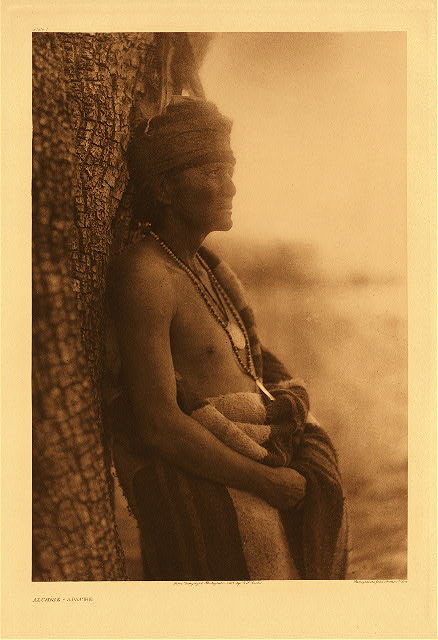
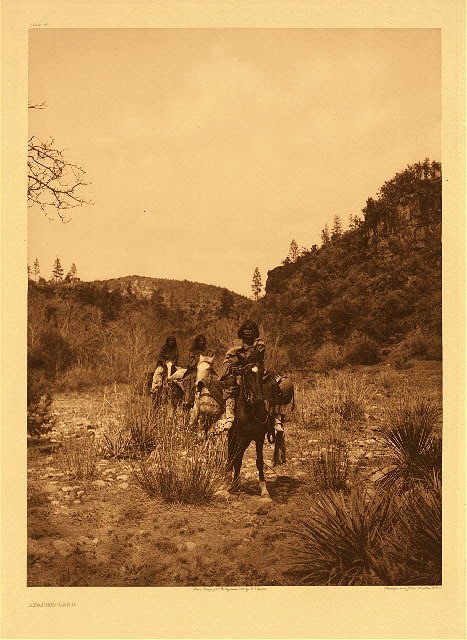
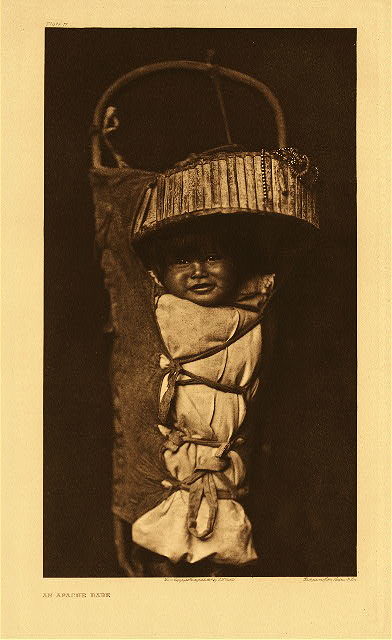
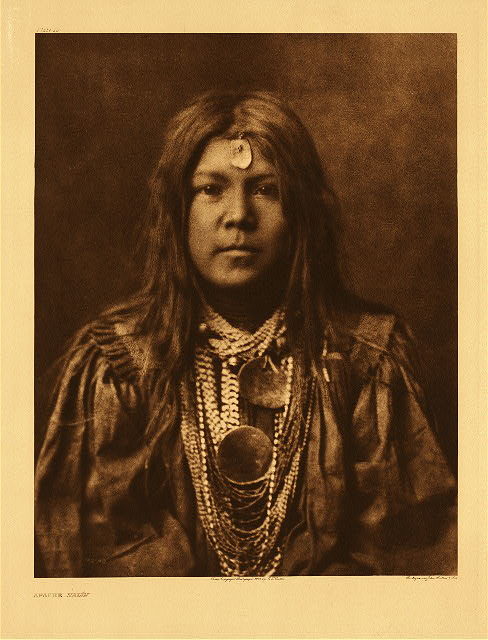
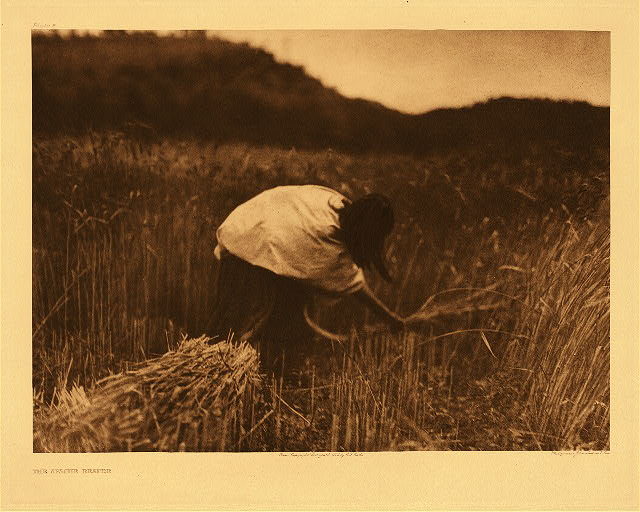
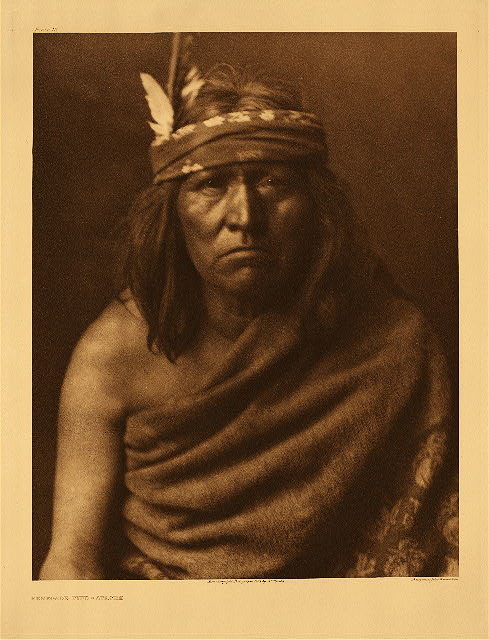
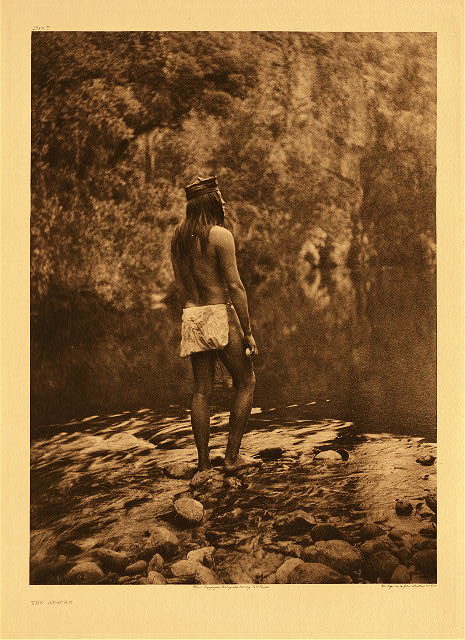
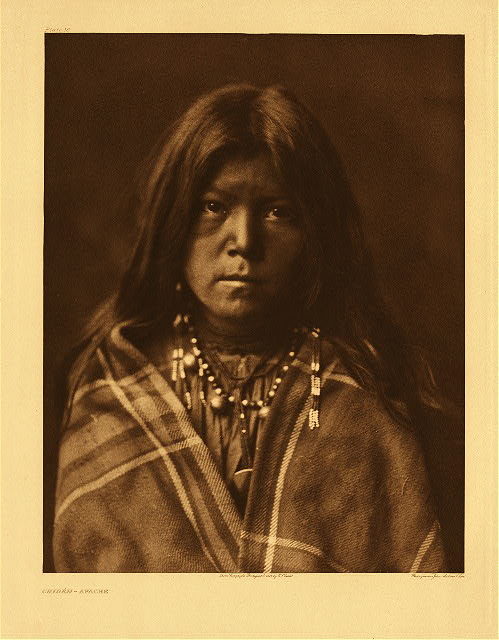
With the dawn of photograph, appeared a keen interest of the artists in finding these tribes and photographing their customs and traditions which in future will witness the past for the forthcoming generations.
Ethically debatable, these efforts later became the only source of authentic information about the lives of the Native American tribes.
This was once-in-a-lifetime opportunity for Curtis, a young photographer, in his attempt to finally emerge as an esteemed photographer. In 1895 he got the chance to meet and photograph Princess Angelina, also known as Kickisomlo who was the daughter of Chief Stealth of Seattle.
At the time, Curtis didn’t think much of the photograph, he was only taking the opportunity in terms of exposure. But it turned out that it was the first portrait of a Native American ever captured by a camera.
Curtis’ efforts paid off few years later, when in 1898 three of his most loved photographs were selected for an exhibition sponsored by the National Photographic Society. Two of these images include ‘The Mussel Gatherer’ Princess Angeline and ‘The Clam Digger’.
Another photograph was of the Puget Sound ‘Homeward’ which was awarded the grand prize and a golden medal at the exhibition.
1898 proved to be a very fortunate year for Curtis, when he met a group of scientists while he was working and photographing for Mt. Rainer.
Among those scientists was George Bird Grinnell, an expert for Native American life and tradition.
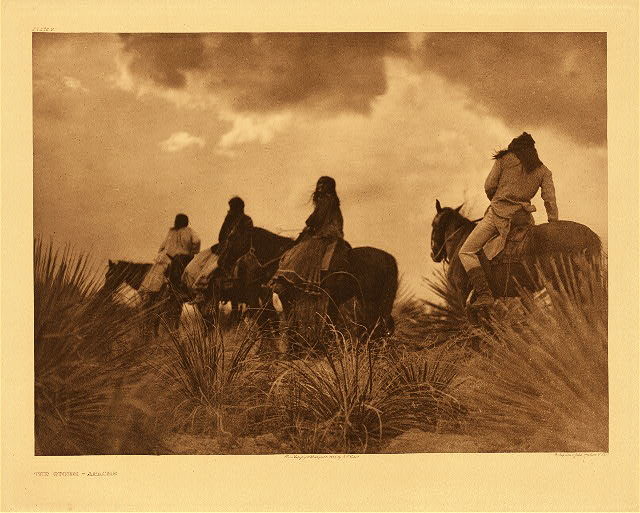
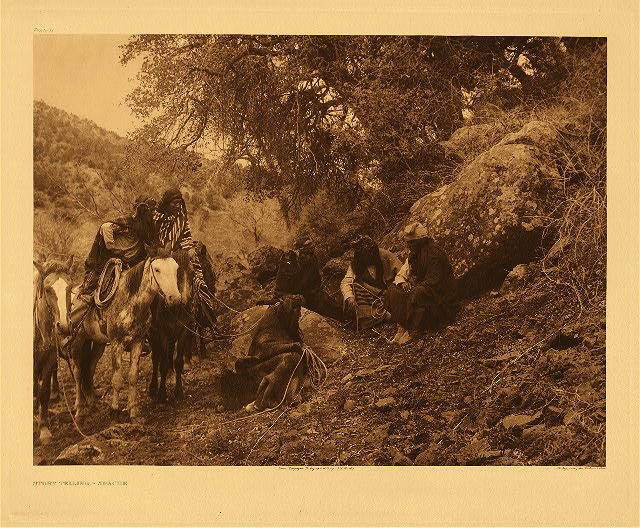
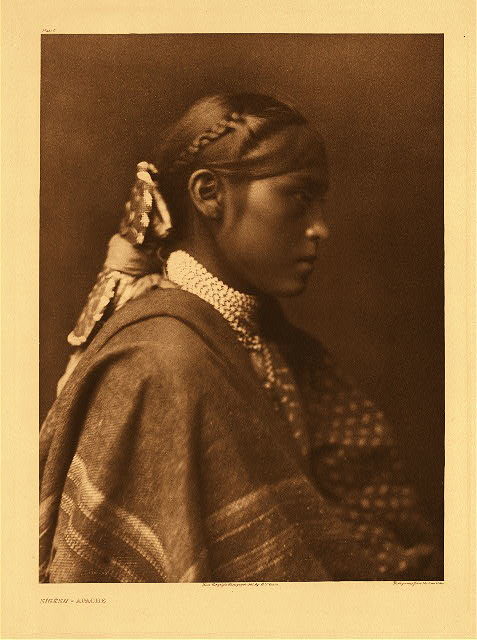
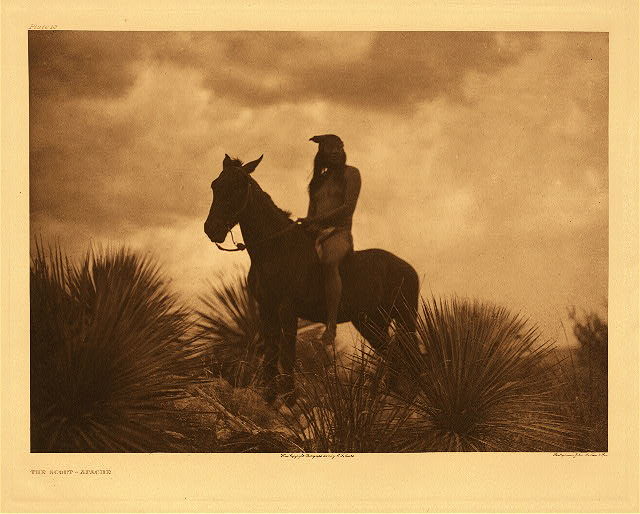
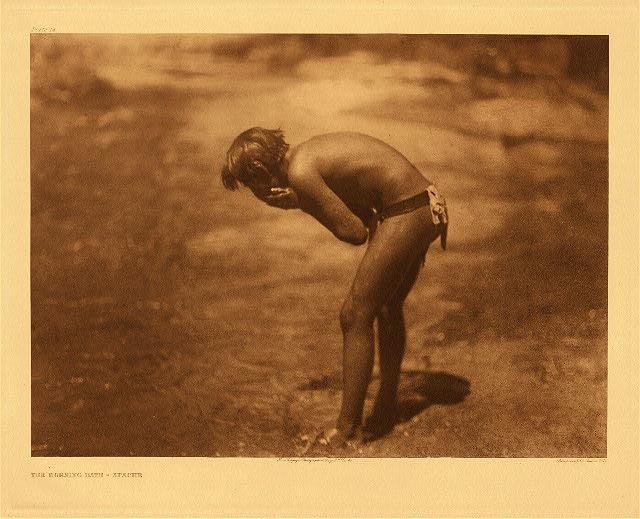
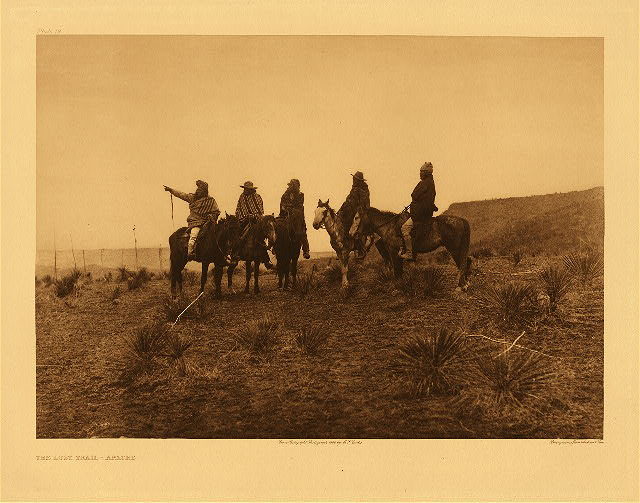
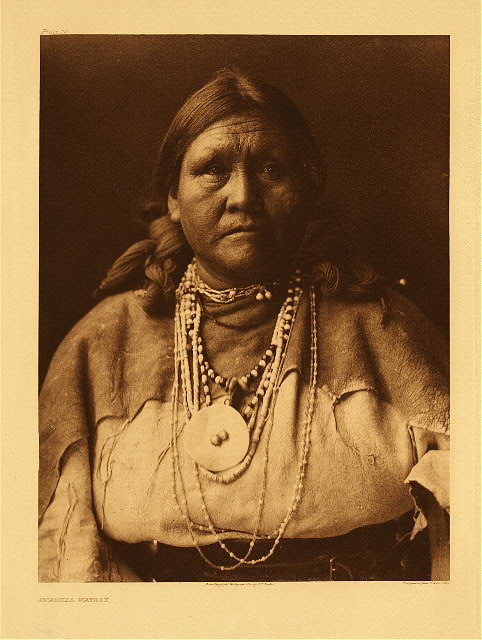
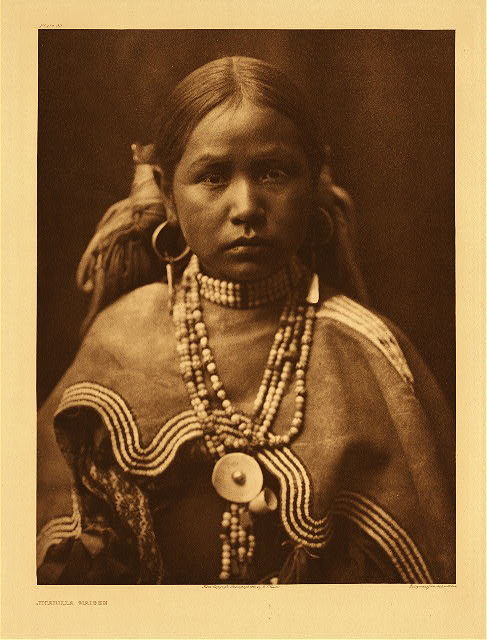
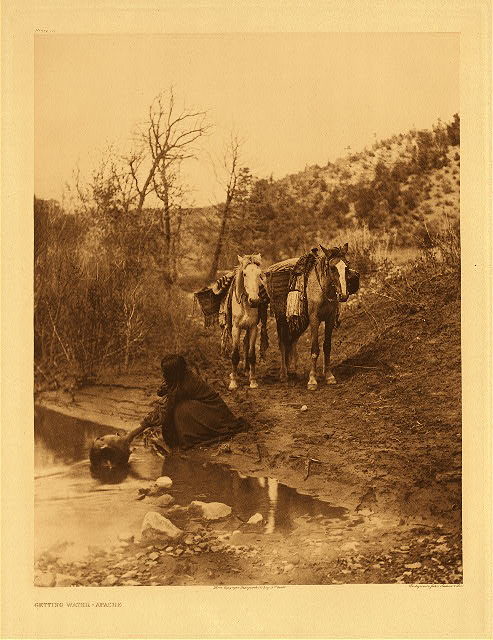
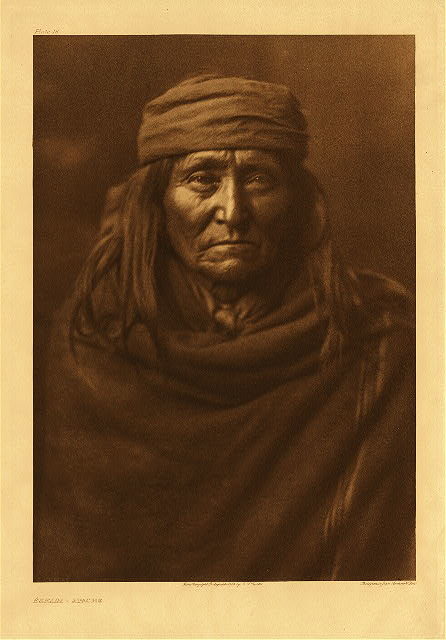
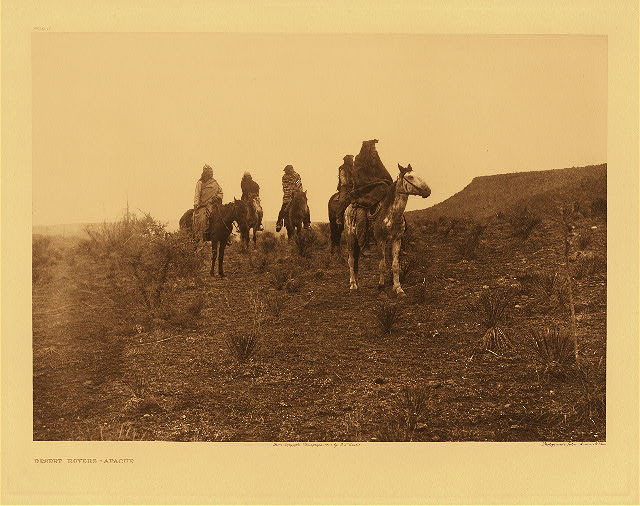
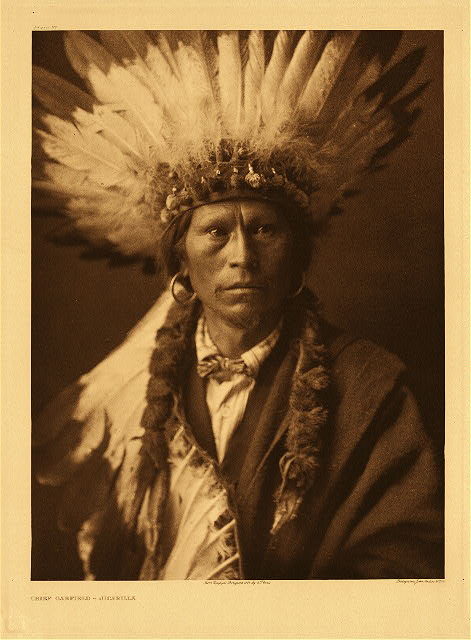
Curtis and George quickly became friends, as Grinnell found Curtis’ keen interest in Native Americans very intriguing while Curtis thought Grinnell’s knowledge could benefit him in his quest.
In 1899, with the help of his friend Grinnell, Curtis was able to secure himself a place as an Official Photographer for Harriman Alaska Expedition.
Curtis’ knowledge of the Native Americans was very limited, so he regularly attended the evening sessions lectures which helped him expand his understanding of the ancient customs of the indigenous tribes.
Grinnell grew fond of Curtis’ photography skills and in 1900 invited him to photograph the people of the Blackfoot Confederacy in Montana.
J.P Morgan came forward to fund Curtis in 1906 with a whopping $75,000 to produce a series on the life and customs of the Native Americans.
Curtis was instructed to produce his work in over 20 volumes with over 1,500 photographs with educational purpose.
The project was not a fair economic deal for Curtis as he didn’t receive any salary for the project. This made him hire various people for a project that spanned over two decades. Nevertheless, this was a perfect opportunity for Curtis to visit and learn about the Native Americans like no one did before.
Eventually 222 complete sets were published, Curtis completed the project not only for the sake of the stunning photographs, but rather to document as much of Native American traditional life as possible, before of this unique way of life disappeared forever.
This intention was stated by him in the introduction to his first volume that came out in 1907. Curtis wrote that his aim was to approach the information and gather as much as possible, as a respect to the mode of life of the one of the great races of mankind, before this opportunity was lost..
